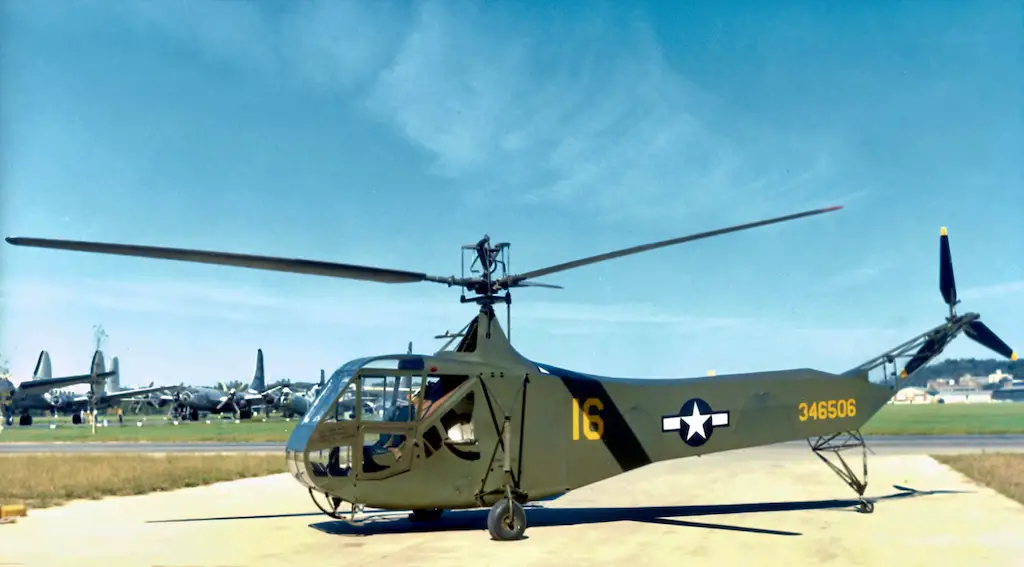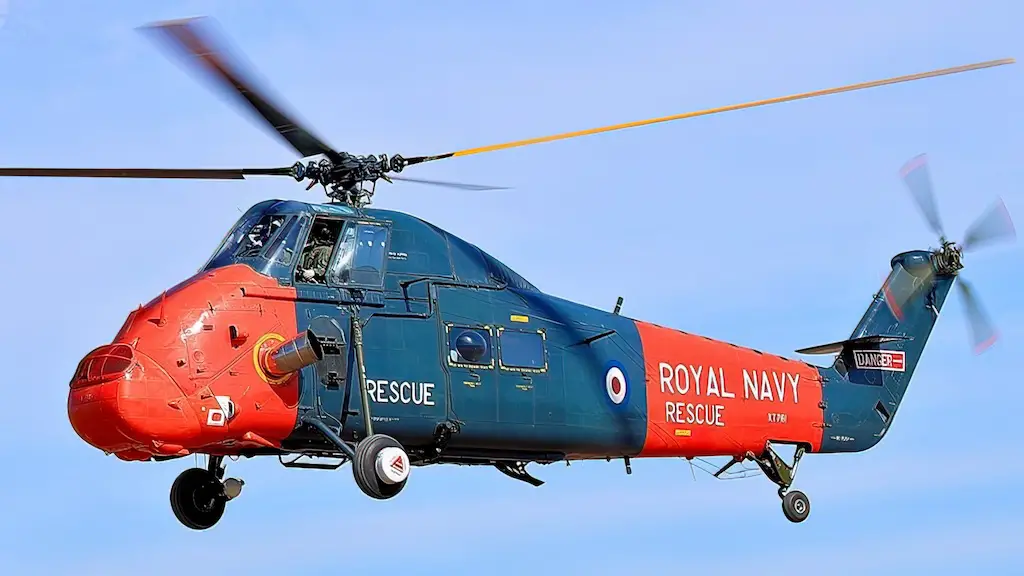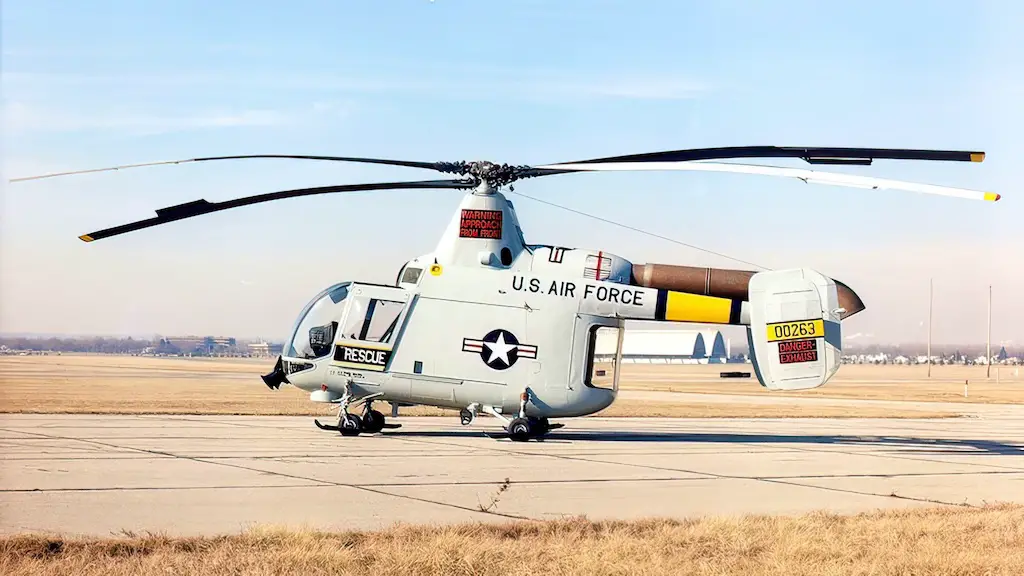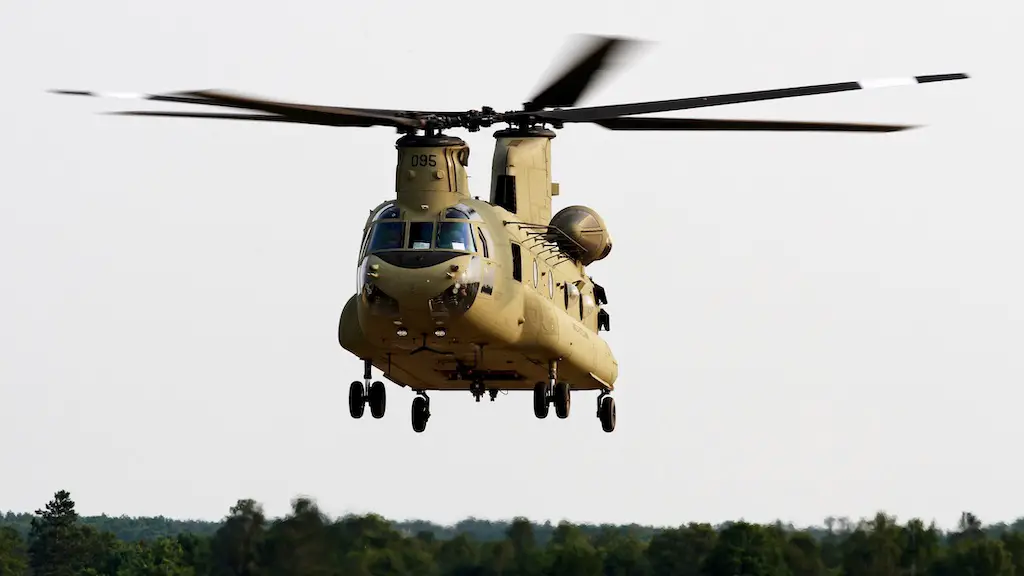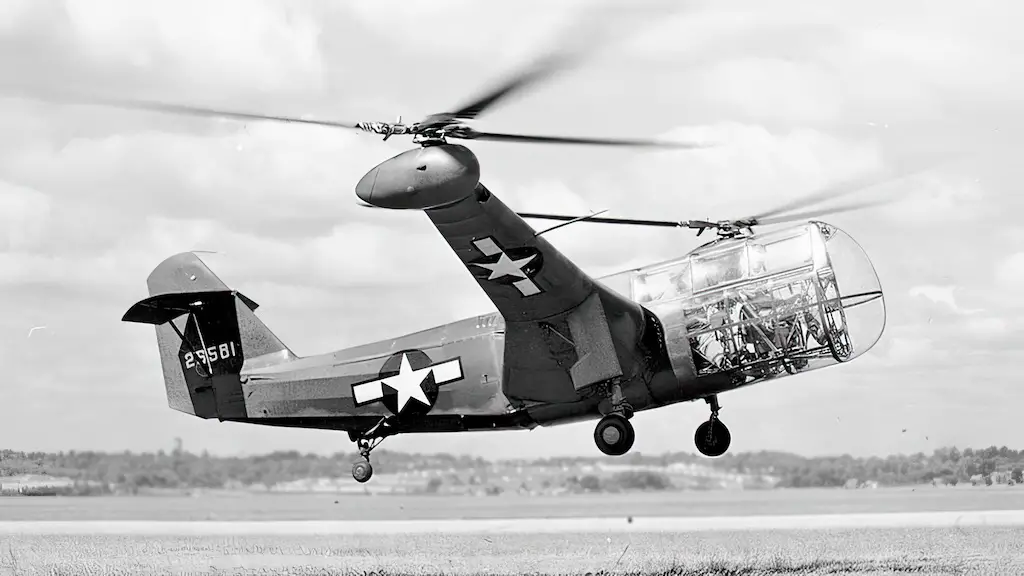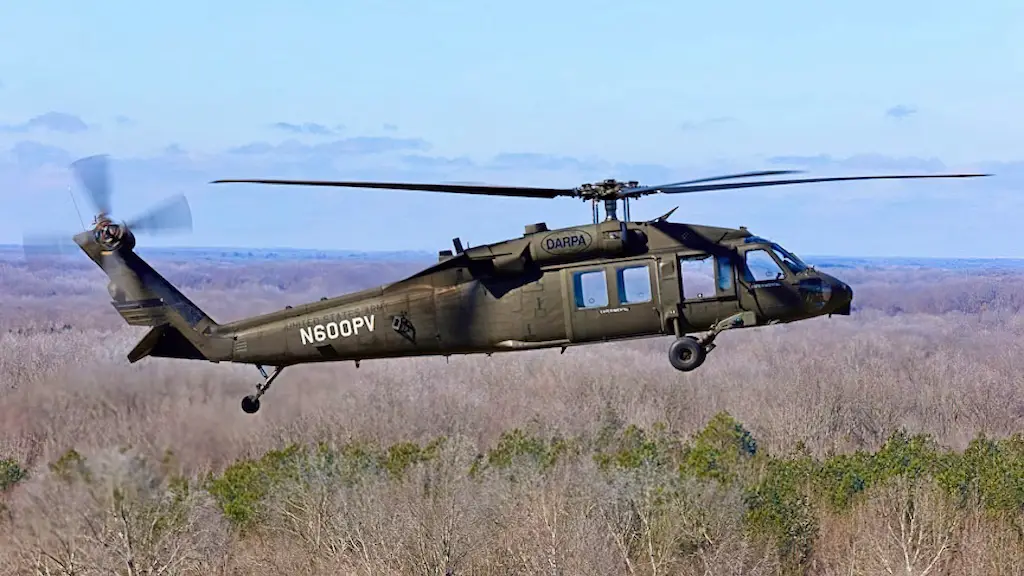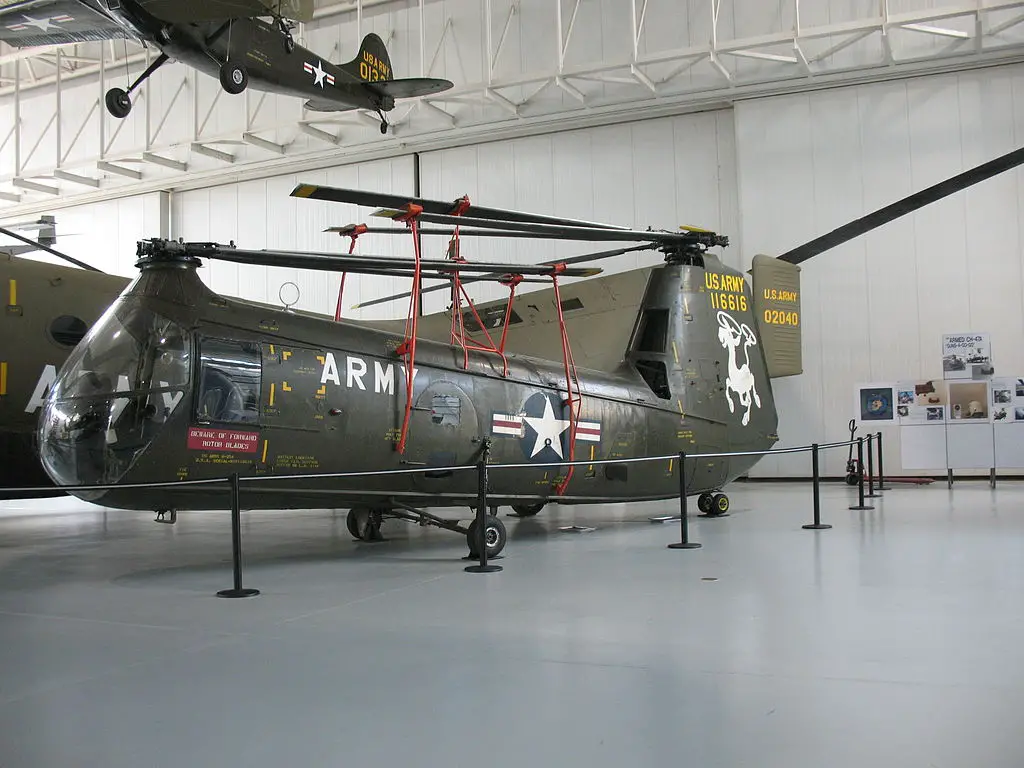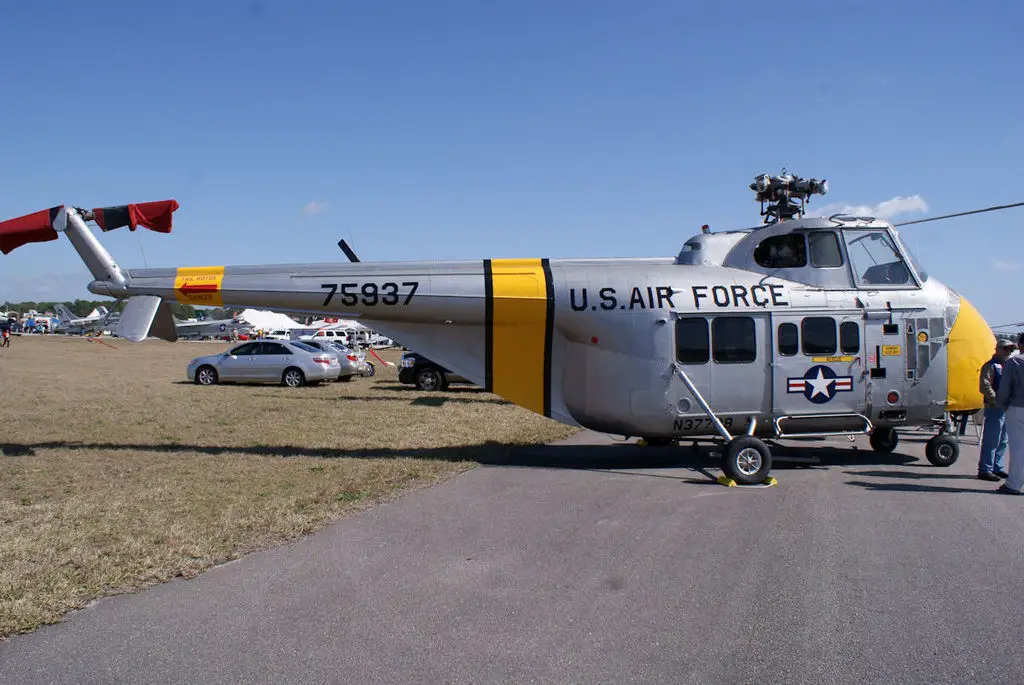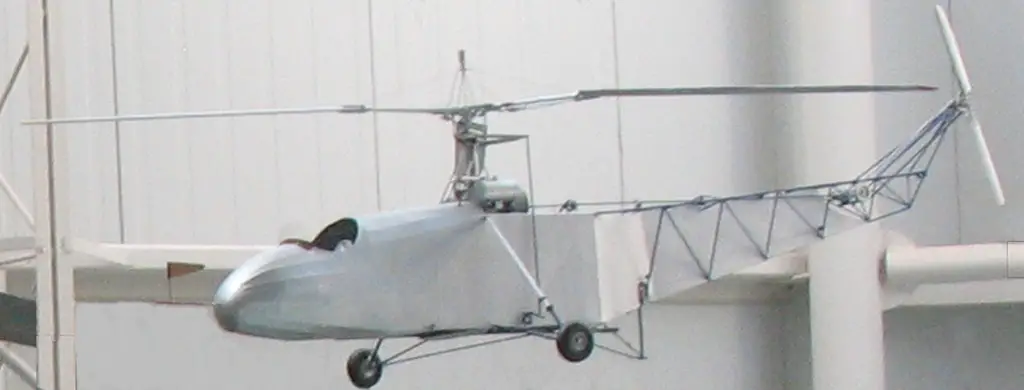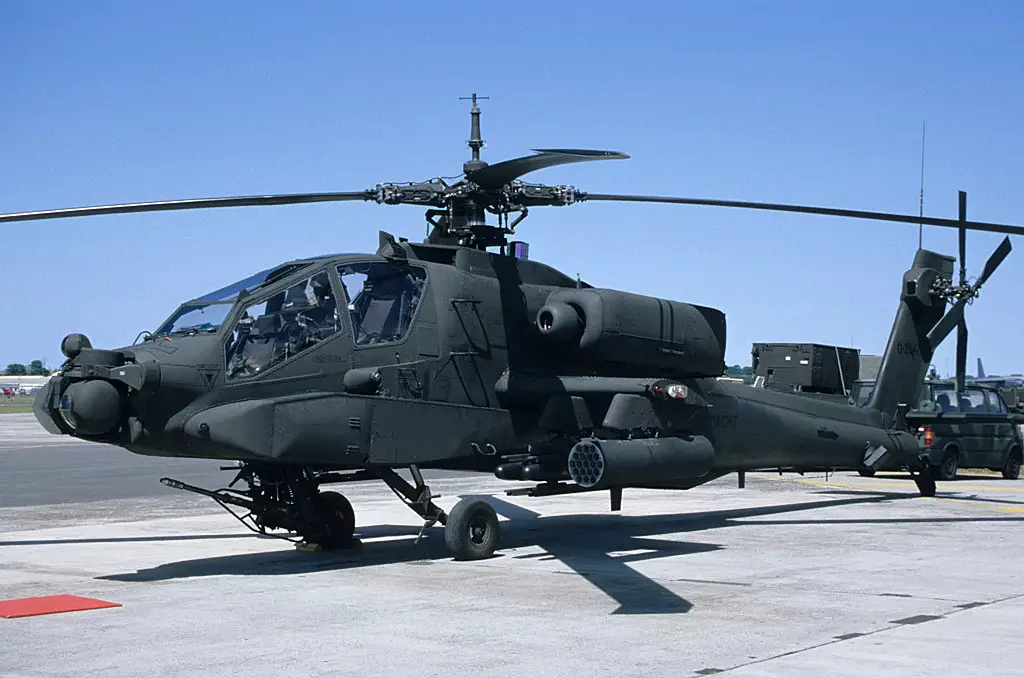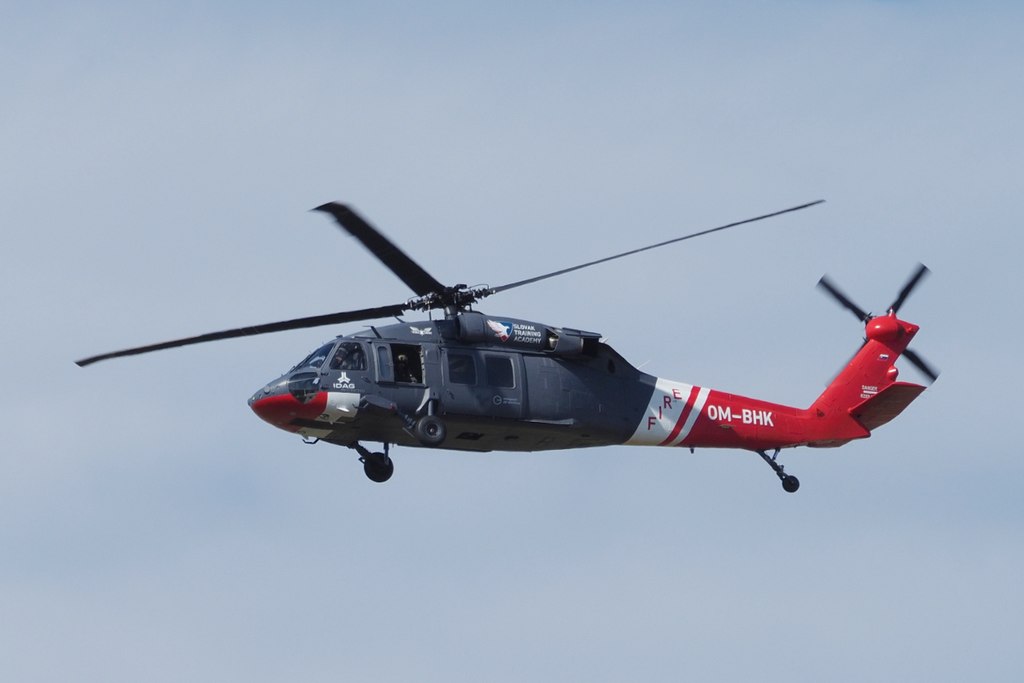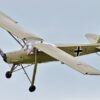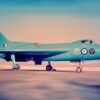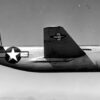When thinking of a helicopter, I’ll wager the first thing that comes to your mind is a Huey transporting US American GIs with the song Fortunate Son playing in the background. It could be that you are a bit more versed in the culture and imagine a Black Hawk from the 2001 Ridley Scott movie Black Hawk Down.
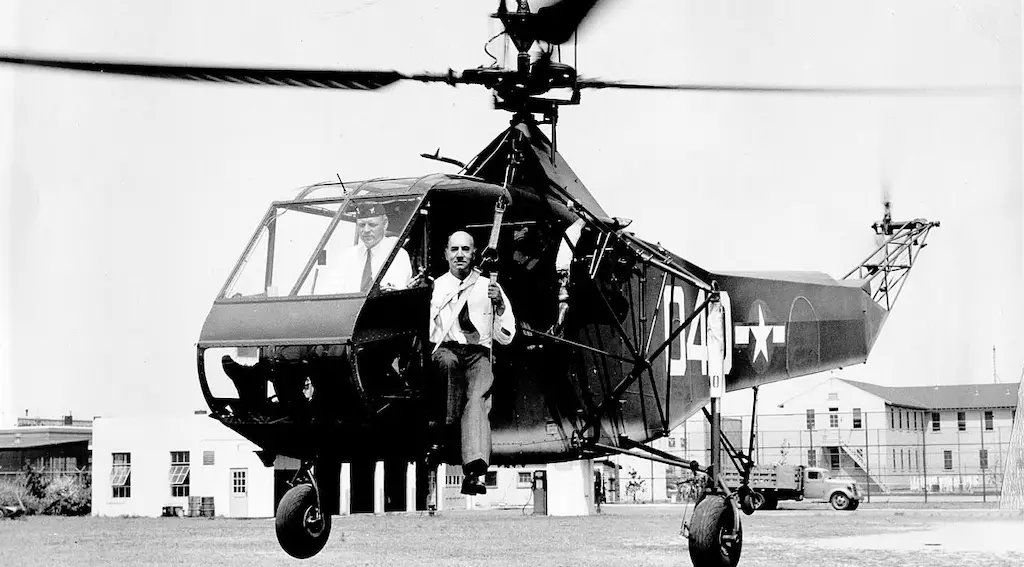
Second World war
Perhaps even a Chinook picking troops up from a remote ridge or rooftop. If we go old school we could even envision a Piasecki H-25 or H-19 Chickasaw from the Korean War. No matter what the perception, most people would certainly not think all the way back to the Second World War when German and US American helicopters served on the front lines of the European Theatre.
The United States’ military helicopter program was largely carried out by Sikorsky and Bell Aircraft Corporation, both of which are now ironically competing to create the US Army’s next generation of vertical lift aircraft.
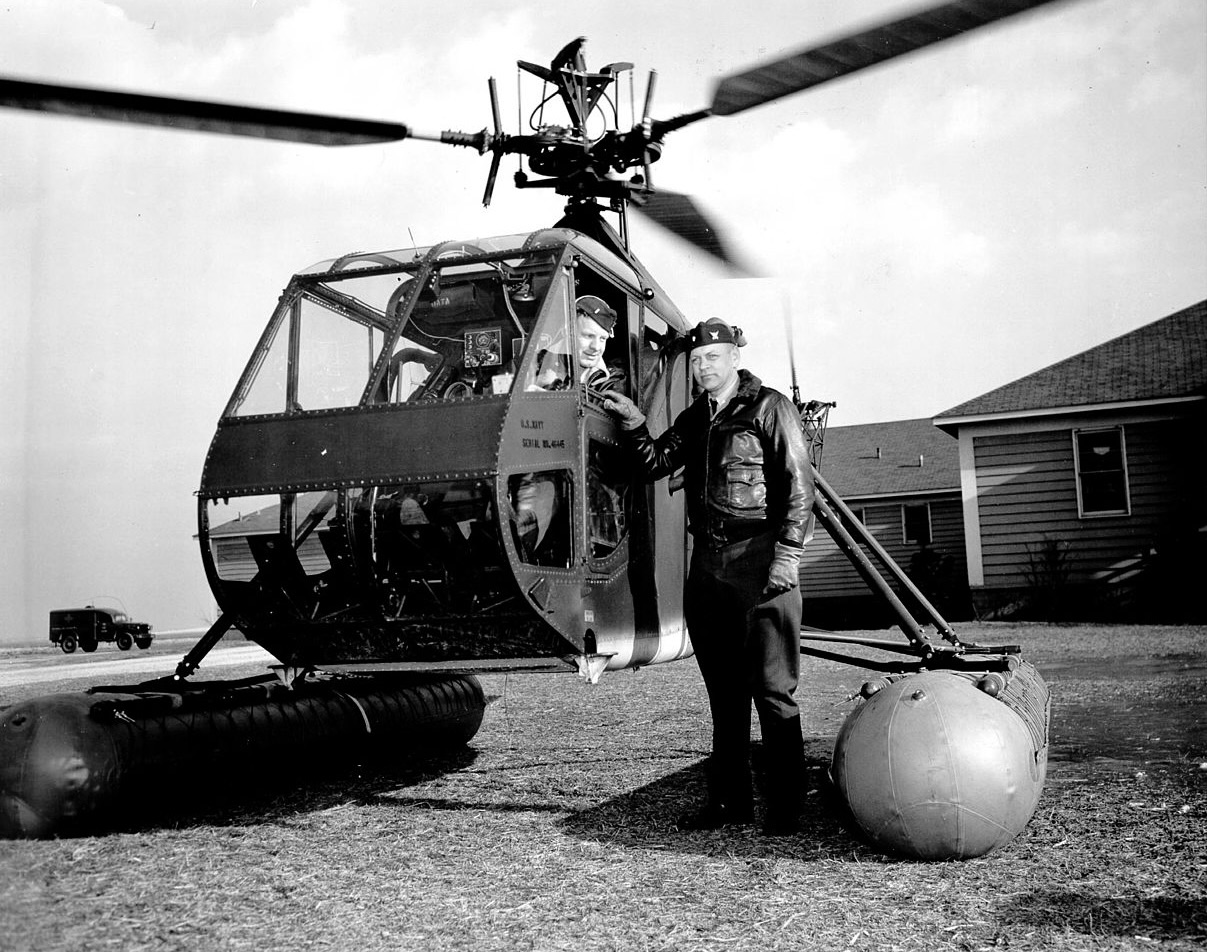
US Helicopters
Igor Sikorsky, founder of the Sikorsky company that is now Lockheed Martin company but carries on the work that its founder sought to do. Sikorsky was a Russian-born immigrant who wanted to help his adopted country’s war effort during WWII.
He received initial financial support from friends to begin manufacturing aircraft, predominantly fixed-wing planes, for the US military. As a side project, he was developing helicopter designs including the VS-300 prototype. It used one large rotor blade to generate lift and another smaller rotor blade mounted on a long boom to generate anti-torque. This is essentially the blade configuration used presently on everything from the UH-60 Black Hawk to the AH-64 Apache.
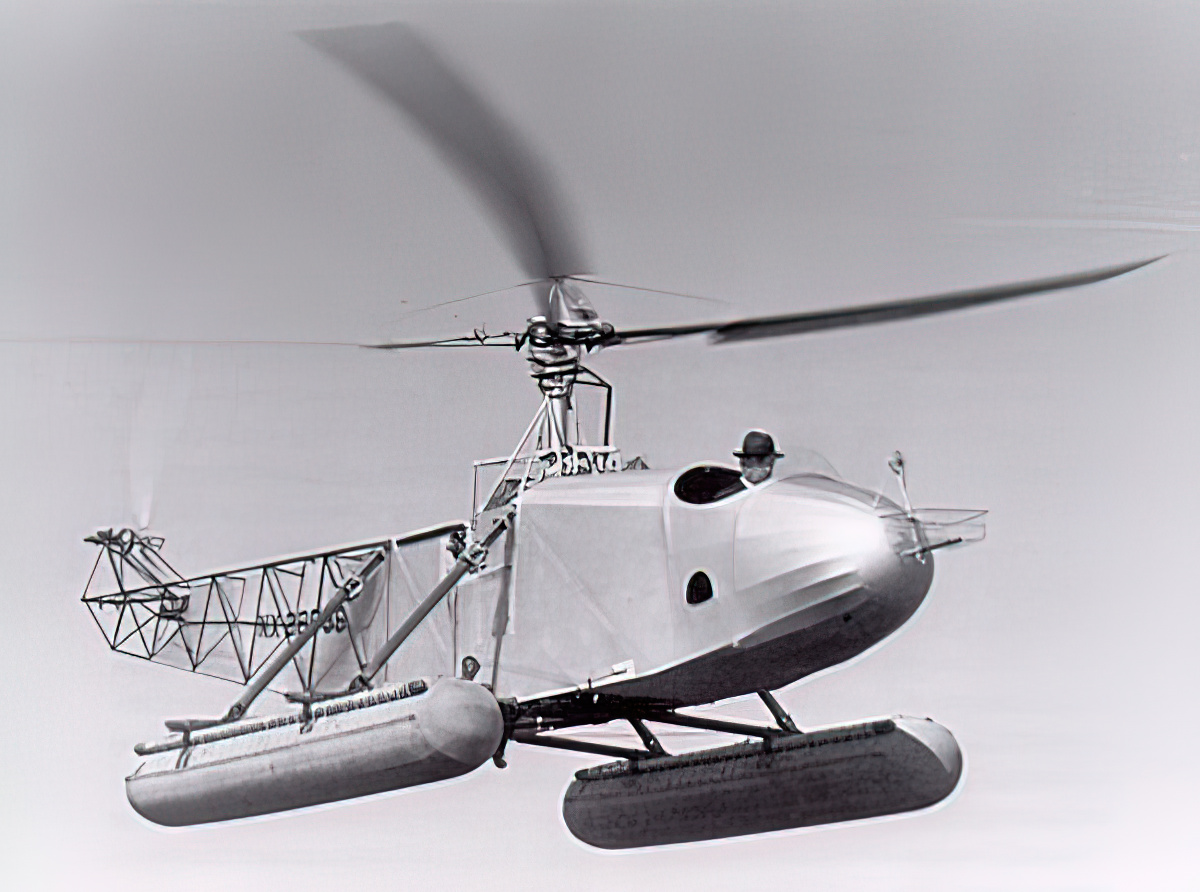
The VS-300 prototype quickly gave way to the R-4, a two-seater helicopter that would serve most predominantly with the US Army and to a lesser degree with the US Navy, US Coast Guard, and the Royal Air Force. It first began rolling off the production line in 1942 and was primarily used for observation and to ferry supplies.
It was also employed in two daring rescue missions in the challenging terrain of the Indo-Chinese theatre. There was a tradeoff between the helicopters and monoplanes. Helicopters could just barely traverse through the high mountain passes that planes could easily fly over, however, they were able to land in small clearings impossible for planes to land or take off from.
The Bell Aircraft Corporation, later known as Bell Helicopters and presently as Bell Flight, created the Bell Model 30 that would see limited use on the home front, but it would not be deployed abroad.
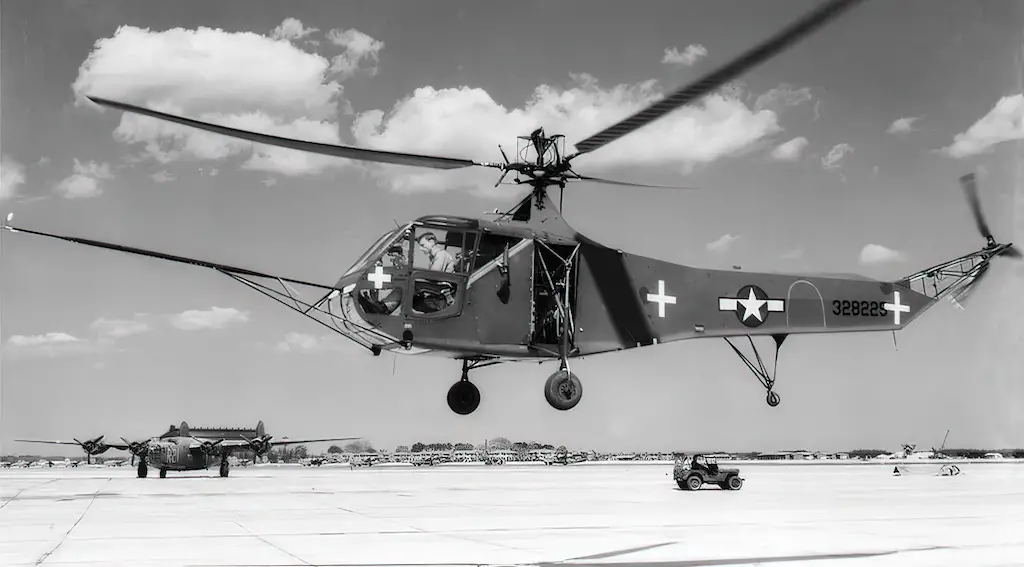
German Helicopters
Meanwhile, Germany’s helicopter program was much more advanced than anything the Allies had, primarily, the United States. They debuted experimental helicopter designs before the war and even flew prototypes in front of cheering crowds for weeks in 1938.
This pre-war research led to the Fa-223 Drache (Dragon). Five types were planned with missions that included but were not limited to anti-submarine runs, search and rescue, and cargo carrying. Where it really predicted future developments was when it was made to recover crashed aircraft as well as move artillery batteries to inaccessible mountaintops where they would have a greater view, range, and more solid defences.
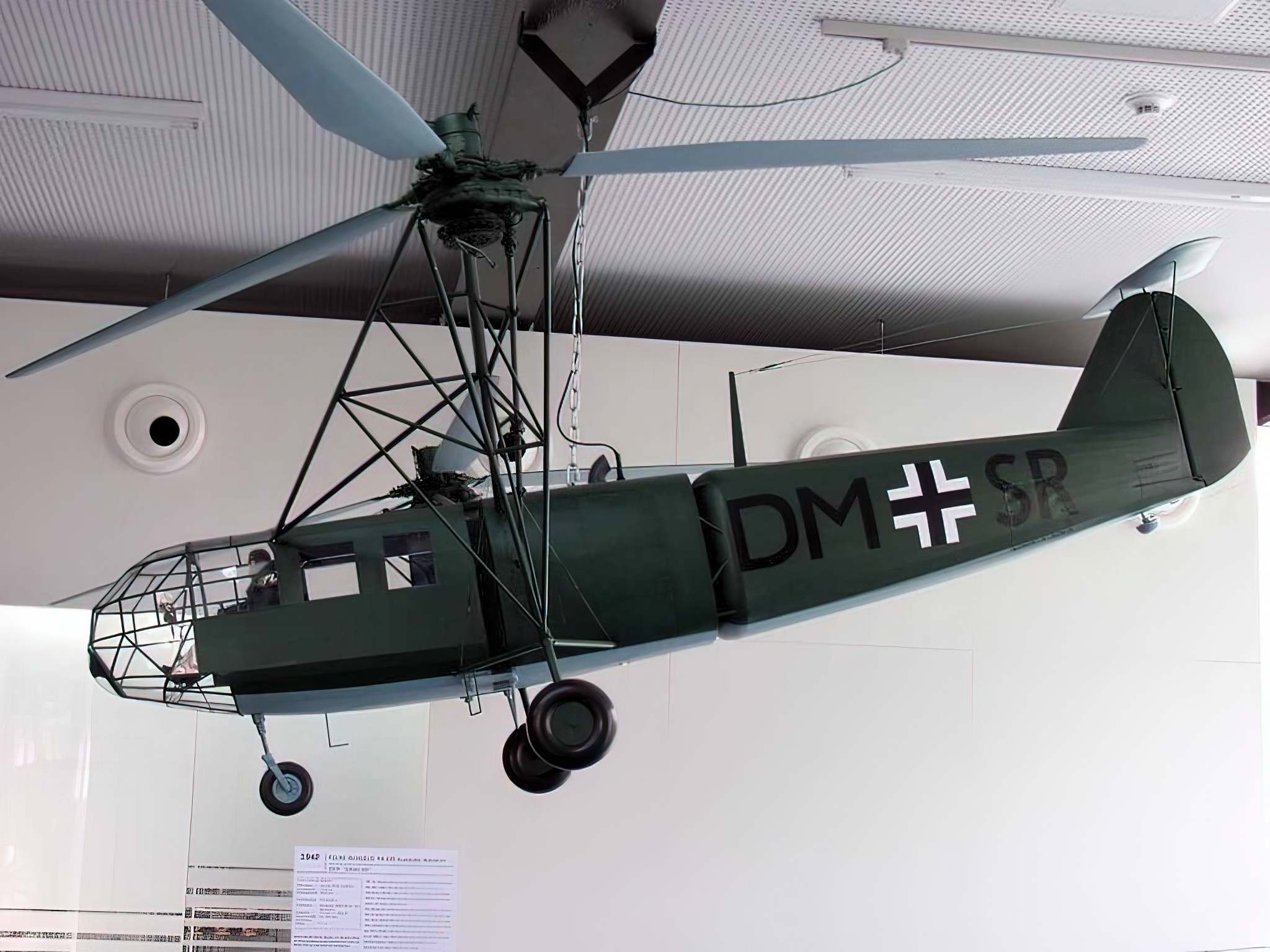
In the meantime, another model named the Flettner-282 Kolibri (Hummingbird) was designed to seek out enemy submarines at sea among other threats. It was completed late in the war with early models going through testing in 1943. Only the first 24 were completed on schedule with limited deployments to the Baltic Sea, the Mediterranean, and the Aegean Sea.
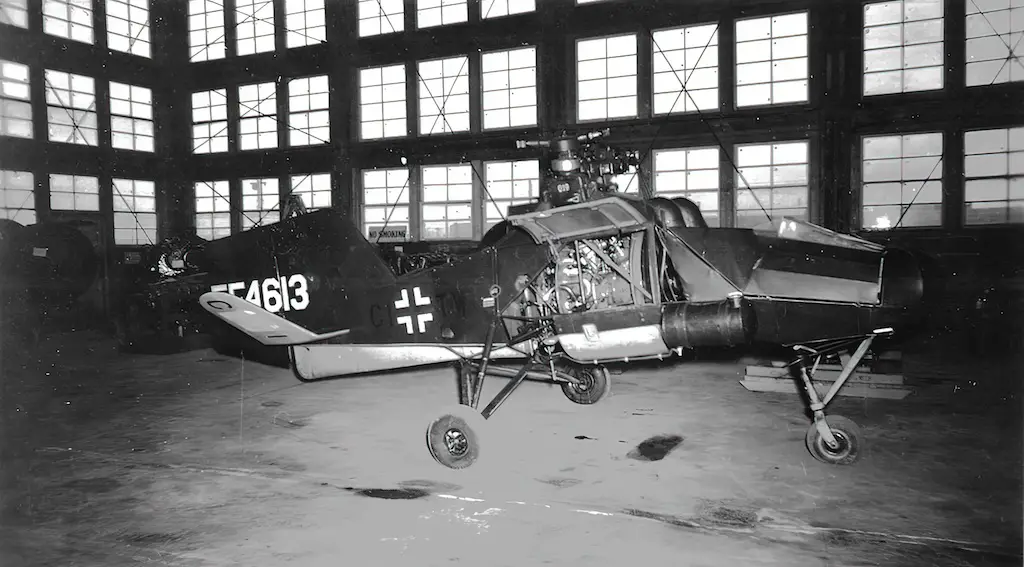
A volume of other models was in experimental phases during the closing months of the war, and as it was already too late to contribute to anything significant, saw limited or no combat use before the war’s end. Nevertheless, all models and brands of the various warring nations that didn’t quite make it into the fight would prove influential to the development of military helicopters for decades to come.

